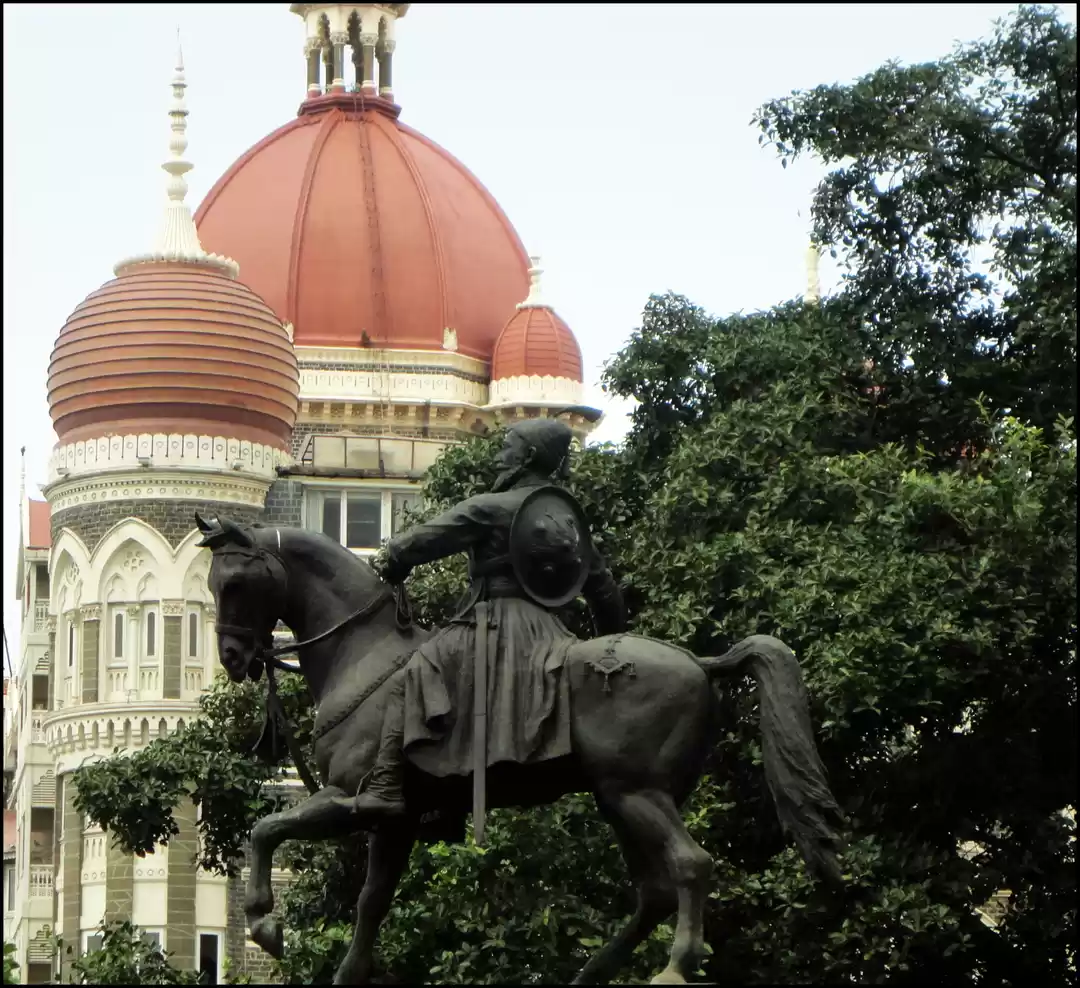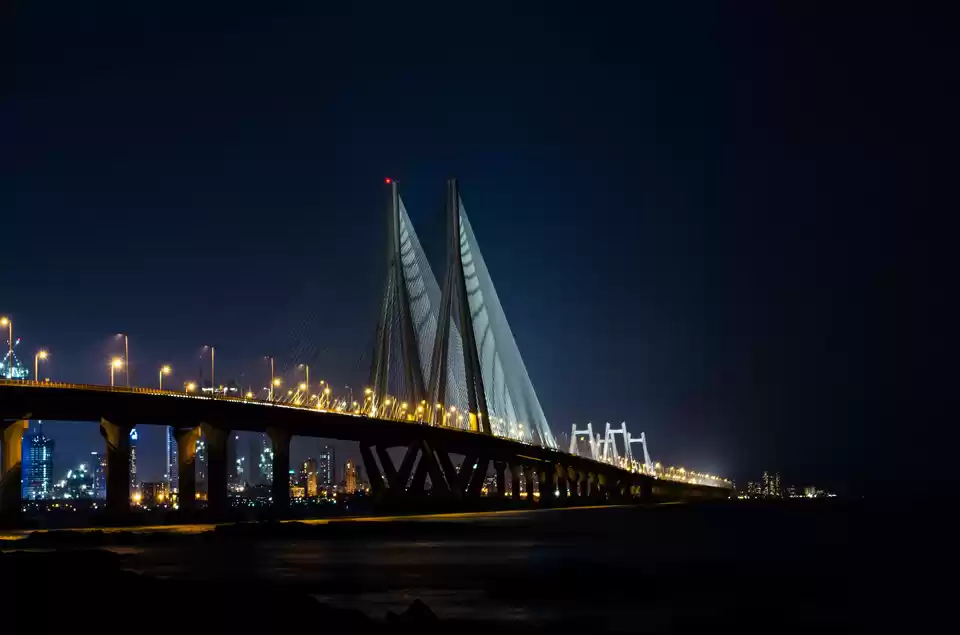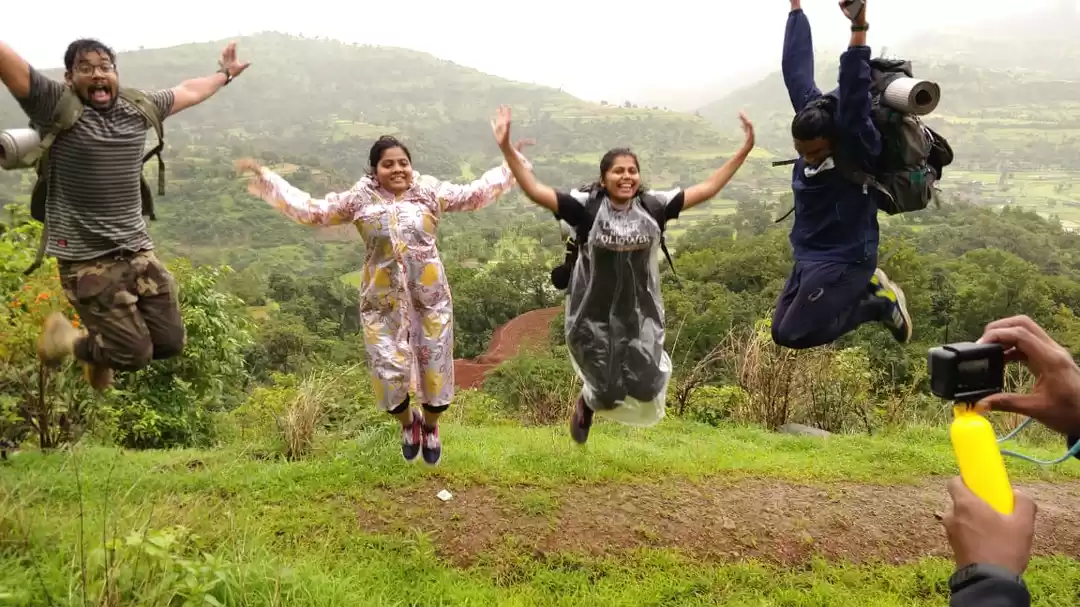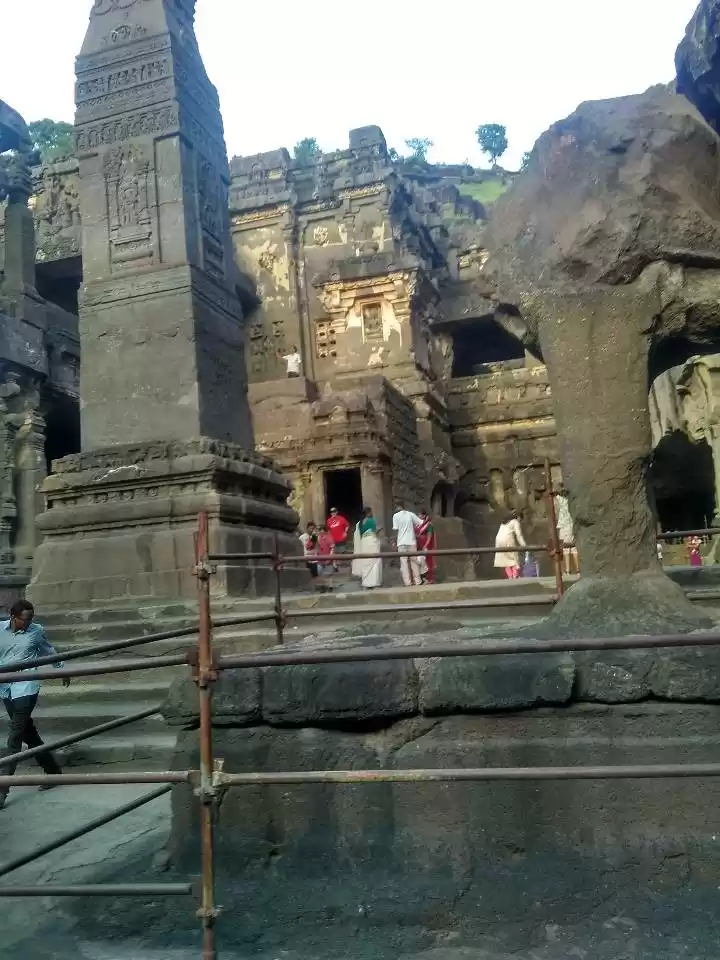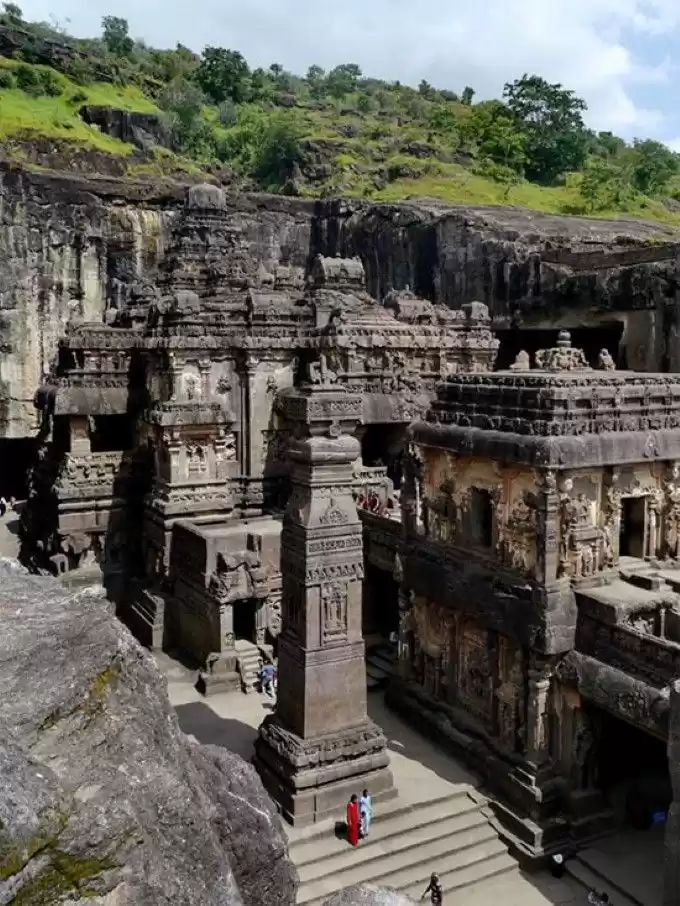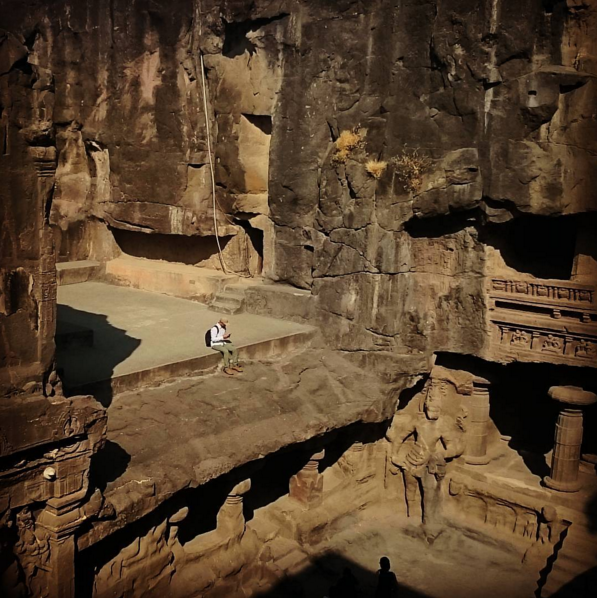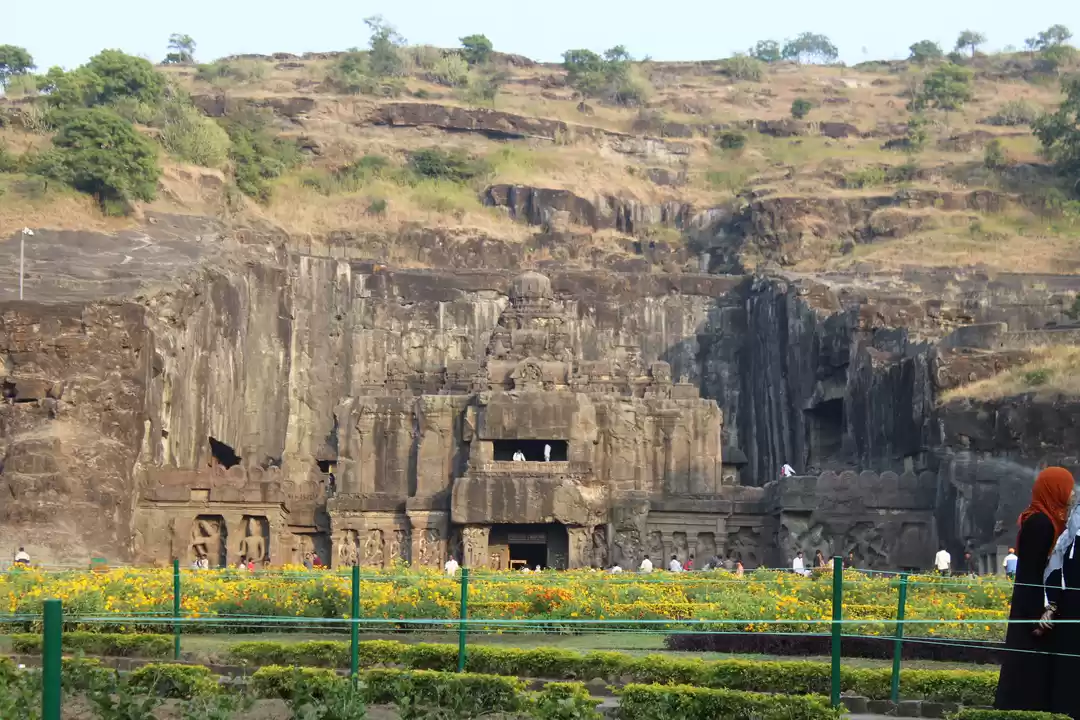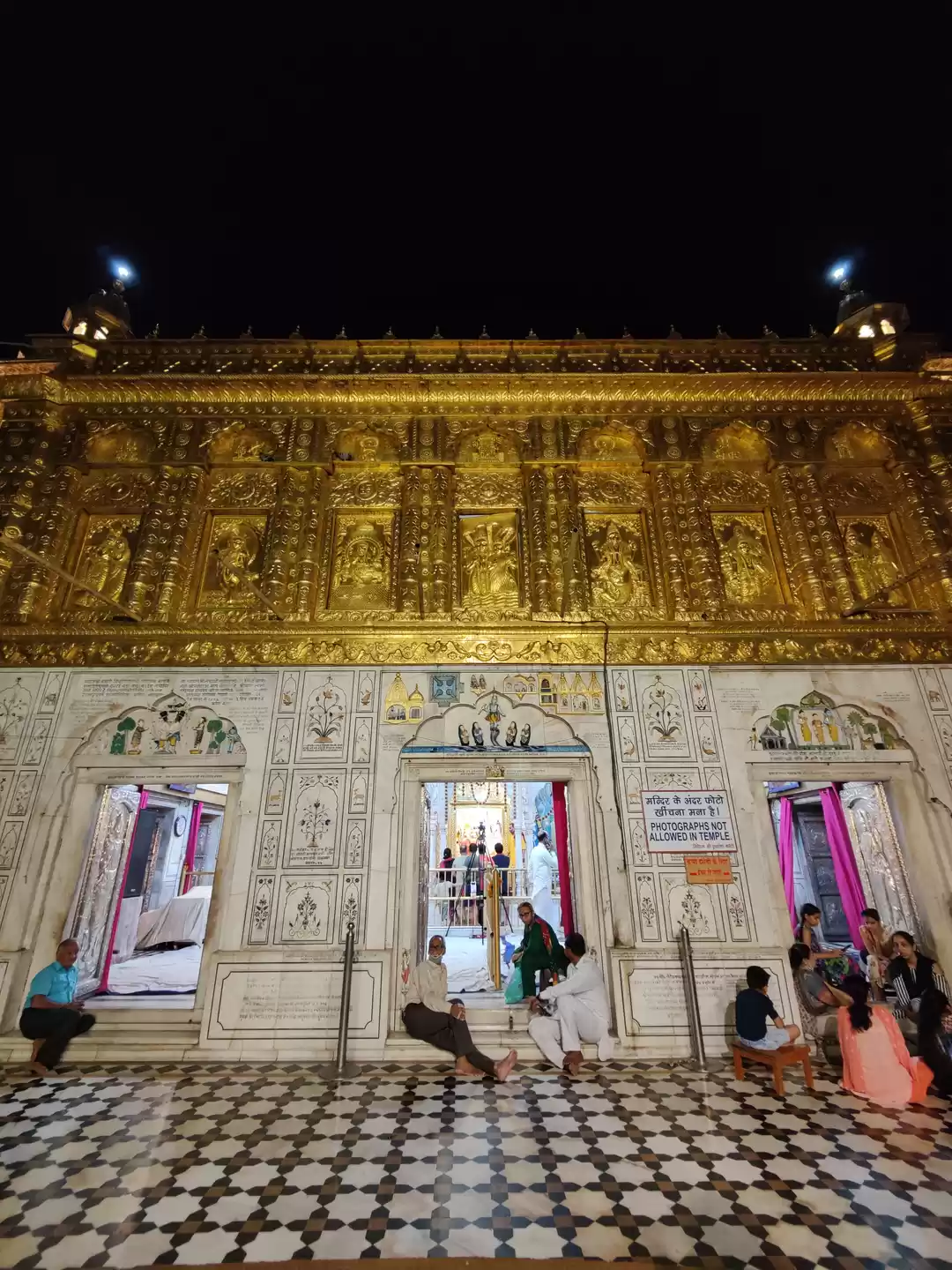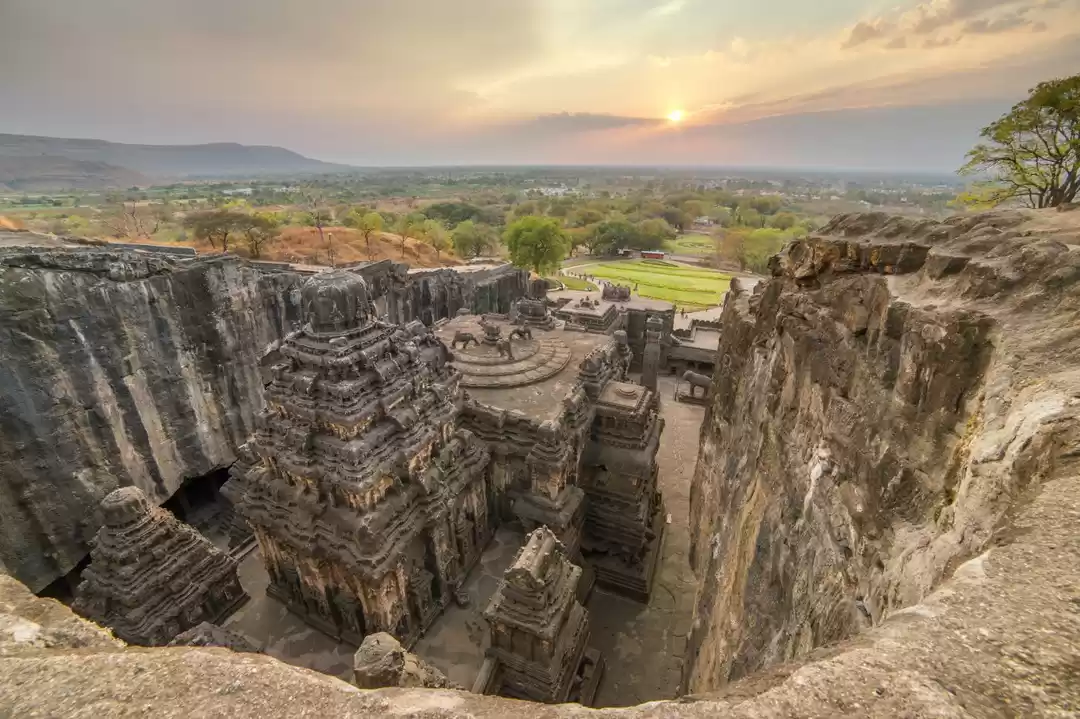Have you ever wondered how a magnificent temple complex can be carved out of a single rock? If yes, then you must visit the Kailasa Temple Ellora, one of the most amazing and awe-inspiring examples of rock-cut architecture in the world. Located in the Ellora Caves, a UNESCO World Heritage Site in Maharashtra, India, the Kailasa Temple is dedicated to Lord Shiva, the supreme god of Hinduism. The temple is also known as the Kailash Temple or the Kailasanatha Temple, as it is believed to represent Mount Kailash, the mythical abode of Shiva in the Himalayas. The temple was built in the 8th century CE by King Krishna I of the Rashtrakuta dynasty, who commissioned it as a symbol of his devotion and power.
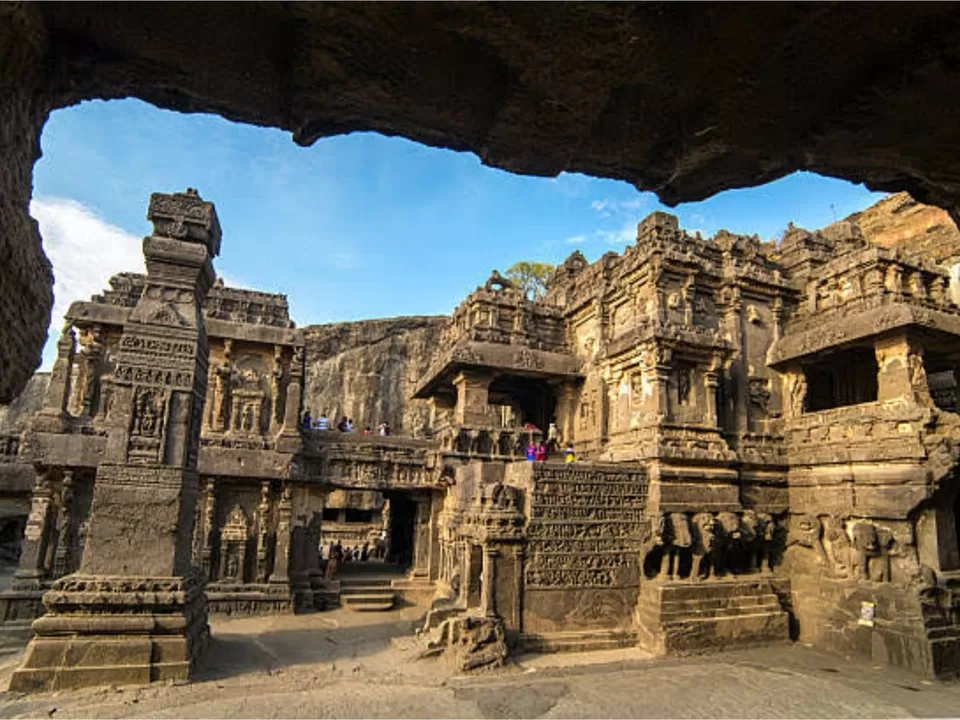
The temple is a masterpiece of art and engineering, as it showcases intricate carvings, sculptures, and reliefs that depict various aspects of Hindu mythology and culture. The temple is also shrouded in mystery and legend, as it is said to have been constructed in a single night by divine intervention.
In this article, we will explore the various features and attractions of the Kailasa Temple Ellora, and learn more about its history, architecture, carvings, legends, and cultural impact.
The Architecture of Kailasa Temple Ellora
The Kailasa Temple Ellora is a marvel of rock-cut architecture, as it was carved from a single massive basalt rock that measures about 200 feet long, 100 feet wide, and 90 feet high. The temple complex consists of four main parts: a courtyard, a gateway, a hall, and a shrine. The courtyard is surrounded by a high wall that has niches for statues of various deities. The gateway is a two-storied structure that has an arch with an image of Shiva’s bull mount Nandi. The hall is a large rectangular space that has 16 pillars and a flat roof. The hall has windows that allow natural light to enter and illuminate the interior. The shrine is a pyramidal structure that has a spire or shikhara at the top. The shrine houses the main idol of Shiva in his lingam form, which is worshipped by devotees.
The most remarkable feature of the temple’s architecture is that it was carved from top to bottom, rather than from bottom to top. This means that the sculptors had to remove more than 200,000 tons of rock to create the temple. This was a monumental task that required immense skill, precision, and planning. The sculptors had to follow a detailed blueprint that outlined the dimensions and design of the temple. They also had to use sophisticated tools and techniques to cut and shape the rock without damaging or cracking it. The temple’s architecture reflects the style and influence of various regions and periods of Indian history, such as the Pallava, Chalukya, and Rashtrakuta dynasties. The temple also incorporates elements from Buddhism and Jainism, as it is located in Ellora Caves, which has 34 caves that belong to these three religions.
Also Read: Interesting facts you must know about the Kailasa Temple
The Carvings of Kailasa Temple Ellora
The Kailasa Temple Ellora is a treasure trove of carvings, sculptures, and reliefs that depict various scenes and stories from Hindu mythology and culture. The temple has more than 1500 carvings that cover almost every inch of its walls, pillars, ceilings, and floors. Some of the most impressive and intricate carvings are:
The Dashavatara Panel: This is a long horizontal panel that runs along the lower part of the wall on both sides of the gateway. It shows the ten incarnations or avatars of Lord Vishnu, who is considered to be the preserver and protector of the universe in Hinduism. The panel depicts Vishnu’s various forms such as Matsya (fish), Kurma (turtle), Varaha (boar), Narasimha (man-lion), Vamana (dwarf), Parashurama (warrior), Rama (prince), Krishna (cowherd), Buddha (enlightened one), and Kalki (future savior).
The Ravana Shaking Mount Kailash Scene: This is a large vertical carving that occupies the entire wall behind the Nandi statue on the gateway. It shows one of the most famous episodes from the epic Ramayana, in which Ravana, the king of Lanka and the antagonist of the story, tries to lift and shake Mount Kailash to disturb Shiva’s meditation. The carving depicts Ravana’s immense strength and arrogance, as well as Shiva’s calmness and power. The carving also shows Parvati, Shiva’s consort, clinging to him in fear, and various gods, goddesses, animals, and demons watching the scene in awe or terror.
The Nandi Mandapa: This is a small pavilion that stands in front of the shrine and houses a huge statue of Nandi, the bull mount of Shiva. The statue is carved from a single rock and measures about 20 feet long and 10 feet high. The statue is adorned with ornaments and garlands, and has a serene expression on its face. The pavilion has four pillars that have carvings of Shiva’s attendants or ganas, who are depicted as mischievous and playful creatures.
The Various Gods and Goddesses: The temple has numerous statues and images of various gods and goddesses from the Hindu pantheon, such as Brahma (the creator), Vishnu (the preserver), Shiva (the destroyer), Ganesha (the elephant-headed god of wisdom and success), Kartikeya (the god of war and son of Shiva), Durga (the goddess of power and victory), Lakshmi (the goddess of wealth and prosperity), Saraswati (the goddess of learning and arts), Parvati (the goddess of love and fertility), etc. These statues and images are placed in different niches, alcoves, and pedestals around the temple, and are worshipped by devotees. They also represent the diversity and richness of Hindu culture and spirituality.
You May Love: First UNESCO Heritage Monument In India To Get Hydraulic Lift Facility
The Legends of Kailasa Temple Ellora
The Kailasa Temple Ellora is not only a monument of art and architecture, but also a source of legend and lore. The temple has several stories and myths associated with it, some of which are:
The Legend of Queen Manikavati and Kokasa: This is one of the most popular legends about the origin of the temple. According to this legend, there was once a queen named Manikavati, who was a devout follower of Shiva. She had a son named Kokasa, who was also a great devotee of Shiva. One day, Kokasa fell ill and was on the verge of death. Manikavati prayed to Shiva to save her son’s life, and vowed to build a temple for him if he granted her wish. Shiva heard her prayer and cured Kokasa. Manikavati then decided to fulfill her vow and asked her son to choose a site for the temple. Kokasa chose a hill near Ellora Caves, where he saw a vision of Shiva’s abode on Mount Kailash. Manikavati then ordered her workers to carve a temple out of the hill in the likeness of Mount Kailash. However, the workers found the task impossible, as the hill was too hard and massive to cut. Manikavati then prayed to Shiva again for help, and he sent his divine architect Vishwakarma to assist her. Vishwakarma used his magic tools and skills to carve the temple in a single night.
The Legend of Shiva and Parvati’s Wedding: This is another legend that explains the significance of the temple as a symbol of love and marriage. According to this legend, Shiva and Parvati were once married in a grand ceremony on Mount Kailash, which was attended by all the gods and goddesses. However, their wedding was interrupted by Ravana, who tried to shake Mount Kailash out of jealousy and anger. Shiva then pressed his toe on the ground, causing Ravana to be trapped under the mountain. Shiva then resumed his wedding with Parvati, while Ravana begged for mercy. Shiva finally released Ravana after he praised him with hymns. The legend says that the Kailasa Temple Ellora represents Mount Kailash during Shiva and Parvati’s wedding, and that anyone who visits the temple will be blessed with marital bliss.
The Legend of Shiva’s Abode on Mount Kailash: This is another legend that relates the temple to the mythology of Shiva. According to this legend, Shiva lives on Mount Kailash with his family and followers, where he performs his cosmic dance or tandava that creates and destroys the universe. Mount Kailash is also said to be the center of the world and the source of four sacred rivers: Ganga, Indus, Sutlej, and Brahmaputra. The legend says that the Kailasa Temple Ellora is an exact replica of Mount Kailash, and that anyone who sees it will attain salvation or moksha. The Cultural Impact of Kailasa Temple Ellora.
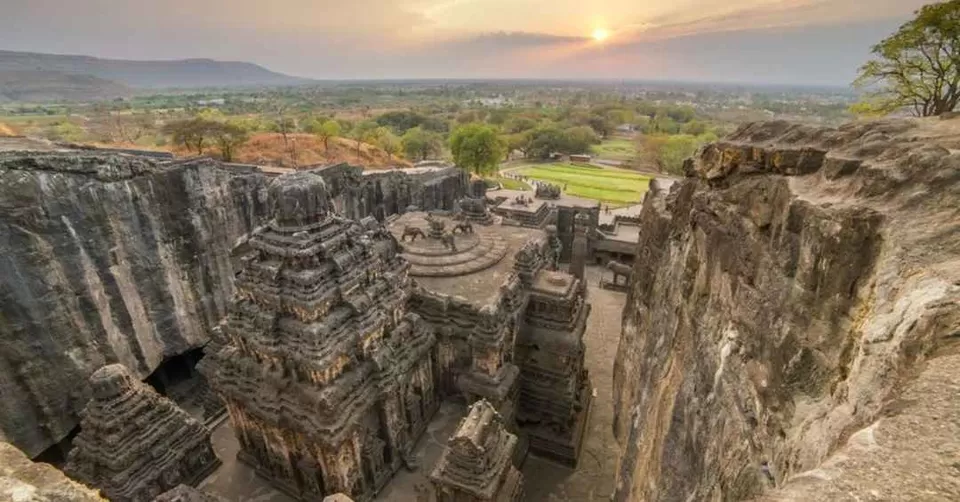
The Kailasa Temple Ellora is not only a monument of art and architecture, but also a testament of the cultural diversity and richness of India. The temple has influenced and been influenced by various aspects of Indian culture, such as art, literature, music, dance, architecture, spirituality, etc. Some examples of the cultural impact of the temple are:
- The temple has inspired many artists and writers to create works that celebrate its beauty and mystery. For instance, the famous poet Kalidasa wrote a poem called Meghaduta (The Cloud Messenger) in the 5th century CE, in which he describes the Kailasa Temple as the abode of Shiva and the destination of a cloud that carries a message from a lover to his beloved. The poem is considered to be one of the finest examples of Sanskrit literature and romantic poetry.
- The temple has also influenced the development of Indian music and dance, as it showcases various musical instruments and dance forms that are part of the Hindu tradition. For example, the temple has carvings of musicians playing instruments such as the veena (a stringed instrument), the mridangam (a drum), and the flute. The temple also has carvings of dancers performing various styles such as Bharatanatyam (a classical dance), Kathak (a storytelling dance), and Odissi (a devotional dance).
- The temple has also contributed to the preservation and promotion of Indian heritage and culture, as it has been recognized as a UNESCO World Heritage Site since 1983. The temple attracts millions of visitors every year from different parts of the world, who come to admire its beauty and learn about its history. The temple also faces some challenges and threats in terms of conservation and management, such as pollution, vandalism, and encroachment. The temple requires constant care and protection from various agencies and authorities, as well as awareness and respect from the public.
Conclusion
The Kailasa Temple Ellora is one of the most impressive and mysterious monuments in India, that showcases the brilliance and diversity of Indian culture and spirituality. The temple is a marvel of rock-cut architecture, that was carved from a single rock in a remarkable feat of engineering and artistry. The temple is also a treasure trove of carvings, sculptures, and reliefs that depict various scenes and stories from Hindu mythology and culture. The temple is also shrouded in legend and lore, that add to its mystery and allure. The temple is also a source of cultural impact and influence, that has inspired and been inspired by various aspects of Indian art, literature, music, dance, architecture, spirituality, etc. The temple is also a symbol of heritage and pride, that attracts millions of visitors every year from different parts of the world.
The Kailasa Temple Ellora is a must-visit destination for anyone who wants to experience the beauty and wonder of India.
















